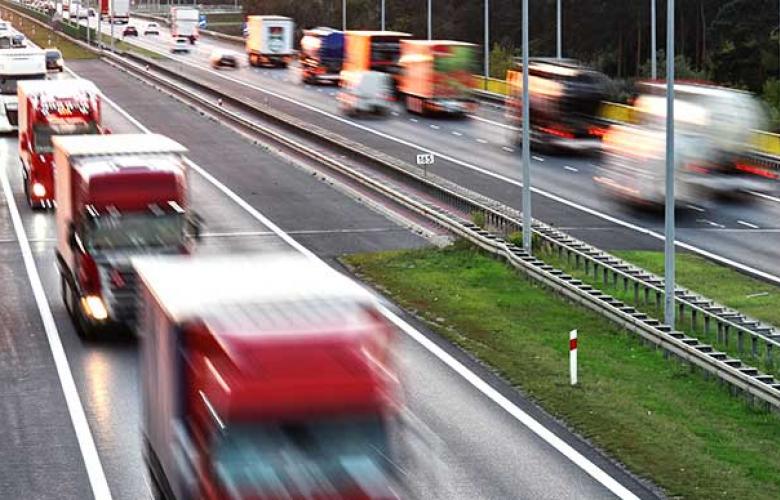How industrial developers are raising the game on sustainability
Contact
How industrial developers are raising the game on sustainability
Transport is being factored into the overall carbon footprint of warehouses says JLL Industrial and Logistics – Australia.
Transport is being factored into the overall carbon footprint of warehouses says JLL Industrial and Logistics – Australia.
Building materials, energy efficiency and waste management have been key to reducing real estate’s impact on the environment.
But the industrial sector is beginning to look at delivery routes, too, leveraging technology to advance corporate sustainability strategies.
For instance, an industrial facility in Western Sydney, Australia, measures the carbon output of delivery vehicles, an effort that earned it points towards green certification. The Port of Cleveland, in Ohio, is increasingly using waterways rather than intermodal rail and road routes.
Meanwhile, couriers and retail giants are using electric vehicles for last mile deliveries.
Such efforts are coming amid a broader push toward sustainable corporate practices. While green solutions have long played a limited role in driving decisions among industrial occupiers, sustainability is playing an increasingly important role in supply chains and logistics real estate, according to JLL’s Future of Global Logistics Real Estate report.
“As an industry we’ve got to push the boundaries of what we think we can achieve if we are going to move the needle on climate change,” says Damien Silvester, sustainability analyst, JLL.
Green development
Goodman, the developer of the logistics facility in Western Sydney, used Geographical Information System (GIS) technology to map the transport routes of a prospective tenant that had been considering the site alongside three alternative locations.
The types of vehicles used and their carbon output was calculated along with the frequency of trips and distance travelled between suppliers and the warehouse. The findings showed that the site was a frontrunner in terms of its carbon footprint.
The initiative earned the site a sustainability rating that had never been achieved by a facility of its type (the Australian 5 Star Green Star – Design & As Built v1.2 rating), as well as help convince the customer to take the space.
“Customer demand for strategically-located space that makes a positive contribution towards a more sustainable world has never been more important,” says Brendon Quinn, general manager – NSW industrial development, Goodman.
Green transport solutions are also extending to the types of vehicles used. Across Europe, logistics company DHL is using aerodynamic teardrop-shaped trailers. The trailers reduce fuel consumption by 10 percent compared to regular trucks, according to DHL. They also carry more stock per trailer, reducing the number of journeys required.
Being green pays
Sustainability is now among the top three considerations when occupiers look to lease commercial real estate, according to JLL’s Responsible Real Estate survey.
The survey of 550 corporate real estate leaders in Asia Pacific found that 70 percent of them are willing to pay a rental premium to lease green buildings. Some are already paying 7 percent to 10 percent more in rental costs to help them meet decarbonisation targets.
While green certification of buildings is increasing, experts are concerned the growth is insufficient to meet tenants’ ambitious net-zero targets, especially industrial buildings.
In Australia and New Zealand just 300 industrial buildings have a Green Star rating out of 2,785 certifications awarded between 2002 and 2020, according to the agency.
“Retailers’ customer bases are increasingly questioning supply chain impacts on the environment and so we expect ESG considerations to become incorporated more into industrial building design,” says Annabel McFarlane, head of industrial and logistics – Australia, JLL.
Transport and technology are seen as key ways to make advances on this front.
“Whether it be electrification or renewable fuels, there are a lot of efforts being made to reduce the environmental impact of the infrastructure driving ecommerce,” says Michael Ignatiadis, JLL’s head of supply chain and logistics solutions – APAC, in the podcast ‘The true cost of fast deliveries.’
“But there’s no doubt there’s an even more sustainable way forward and that can only be achieved by investors, tenants, landlords and the government working together,” he says.







